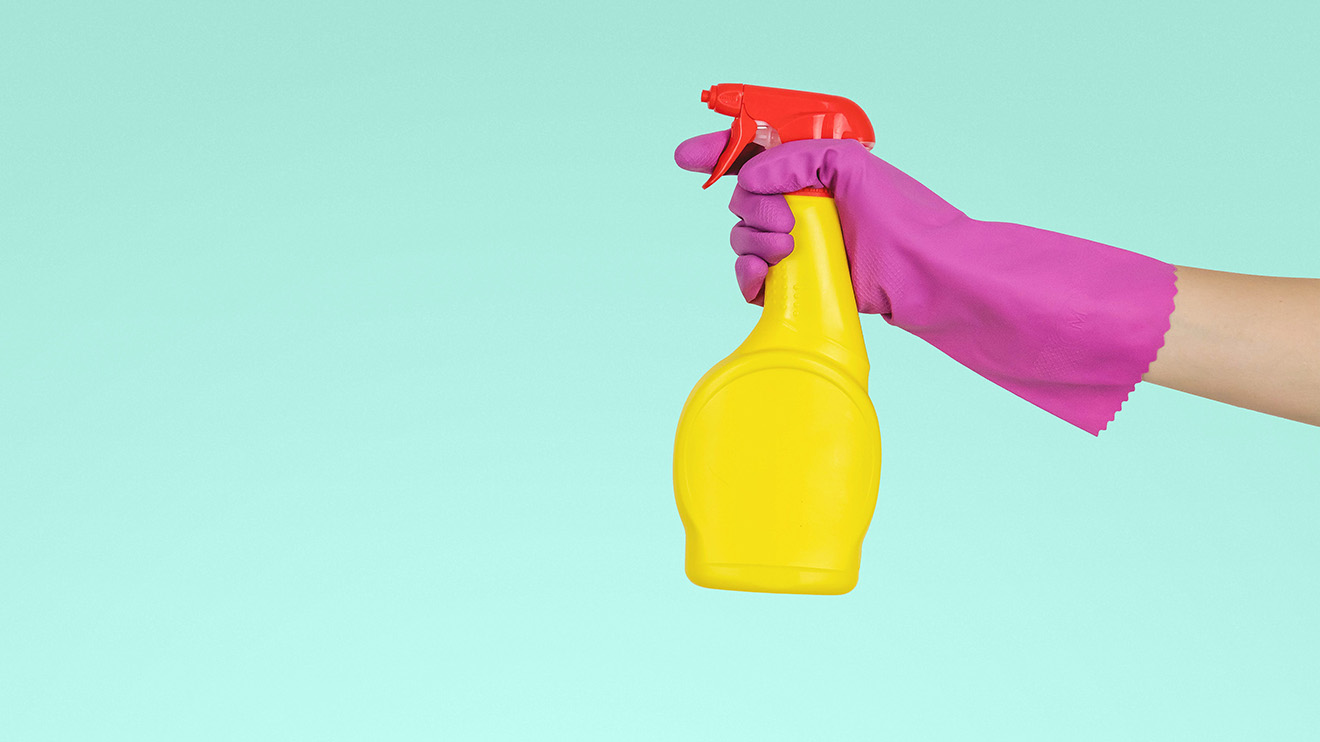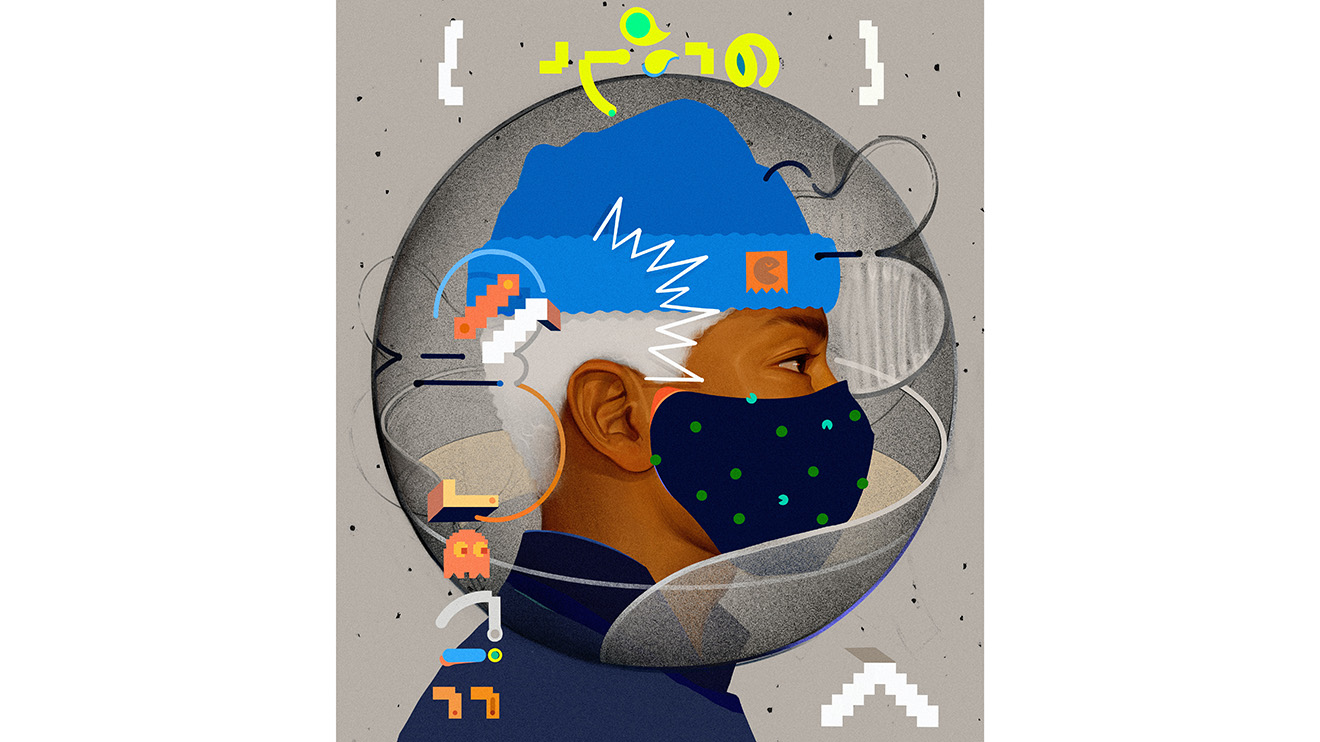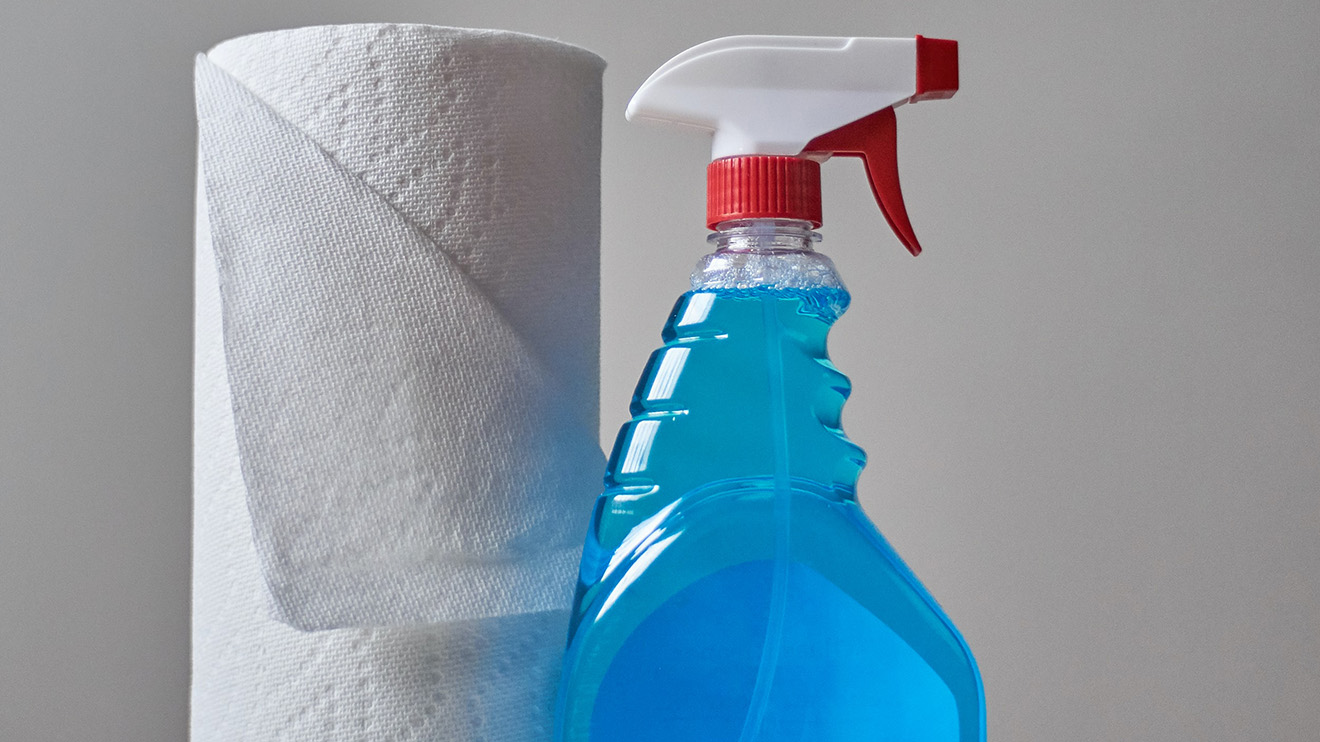By Alisha Rajan
Before the pandemic hit the world, buying a cleaner or disinfectant wasn’t something we gave much thought to, other than popping a reasonably well-priced product into our grocery basket at the store.
Now that we’re living in a new age of super sanitising and disinfecting, the need to rid our homes of germs, bacteria and viruses has shot up in priority.
The words “sanitising” and “disinfecting” are often used interchangeably, yet they’re very separate things, and knowing the difference can mean getting a cleaner, safer home when you need it most.
In short, cleaning your home refers to simply removing dirt and impurities from a surface, while sanitising and disinfecting go far beyond this to eliminate harmful bacteria.
Read More
So, when should you be cleaning versus sanitising, or disinfecting? It depends on what the job is at hand, says Alisha Rajan, Country Manager for SweepSouth, a cleaning service for both commercial and residential spaces.
Cleaning
Cleaning removes dirt, dust and germs from surfaces or objects. When you clean, you use soap or detergent and water to wipe away and remove visible dirt and germs. While this doesn’t necessarily kill germs, there will now be fewer germs, lowering the risk of spreading infection. If a product is called a cleaner, it will only clean, without necessarily killing or removing any bacteria that may be lurking around.

Sanitising
Sanitising goes a step further, and means you’re lowering contamination or amounts of bacteria found on a surface to a safe level. What you do to sanitise will depend on your needs. You might mop your floors with bleach and water, sanitise dishes by washing them in the dishwasher, or wipe down your phone or television remote with antibacterial wipes.
“Sanitising is best for surfaces that don’t typically come into contact with dangerous bacteria, like kitchen counters and food preparation areas, or those that shouldn’t come into contact with powerful chemicals, like kids’ toys. Sanitising is generally a little gentler than disinfecting,” states Rajan.
Disinfecting
Disinfecting uses chemicals to kill or render bacteria and viruses inactive, rather than just reduce them, which therefore significantly lowers the risk of spreading infection. Typically, disinfecting is for the bigger messes, particularly those involving bodily fluids.
In your home, you’d disinfect toilets or sinks that can come into contact with dangerous bacteria, and areas where your baby’s nappy is changed. Disinfectant is usually left on surfaces and objects for a certain period of time, in order to be effective.
Check the product directions for how long surfaces should stay wet - you may need to saturate the surface for at least a few minutes.
“Generally speaking, sanitisers only take care of bacteria, while disinfectants kill both bacteria and viruses. If you're trying to get rid of bacteria and viruses - like when someone in the family has a cold or the flu - you'll disinfect rather than sanitise,” advises Rajan.
Some people disinfect high-touch areas like door handles and taps but be warned that disinfectants are powerful agents and overuse of them can lead to harmful health and environmental consequences. Keep your family safe from exposure to the harsh chemicals in disinfectants by reading the fine print on the bottle - if it contains potentially hazardous chemicals, you may need to clean the surface after disinfecting to avoid leaving harmful residue behind.
Simple bleach and water
There are many effective products on the market, but a simple water and bleach solution can be a cheap, reliable sanitiser as well as a disinfectant, depending on how concentrated the bleach solution is. Refer to the instructions on the packaging for how to dilute bleach.
To sanitise or disinfect your home, Rajan recommends that you first clean the surface you’d like to sanitise or disinfect with soap and water. Rinse with clean water and dry.
Next, slip on a pair of rubber gloves to protect your hands, then put household bleach and cool water into a bucket - contrary to popular belief, hot water actually decreases the solution’s effectiveness. For sanitising, mix one tablespoon of bleach to four litres of water.
Transfer the solution to a spray bottle and spray the item you want to sanitise or dip a cloth into the solution and wipe the item down. Leave the bleach solution on the area for at least one minute before rinsing.
This solution can be used on toys, cutlery and objects that come into contact with mouths.
To use the solution as a disinfectant, mix 1/3 cup of bleach to four litres of water. Only use this solution on areas that won’t have contact with food or mouths – like diaper -changing areas and potty chairs.
Leave the solution on longer - usually two to three minutes is enough. Allow surfaces and any items wiped down with the bleach solution to fully air dry.

Note that cleaning solutions made with bleach should be remade after 24 hours. When you put the bleach bottle away, close it tightly and store in a cool, dry place.
Bleach can lose potency quickly after opening if not stored correctly.
Safety first
“Safety first is the rule to follow with all cleaning, sanitising or disinfecting products. Store them out of reach of children and pets, and always in the containers they came in,” cautions Rajan.
“When using the products, follow the instructions, paying careful attention to any warnings on the label. Never mix products, unless the labels say you can do so, and do not wipe or bathe pets with any cleaning or disinfecting products,” she says. “Mixing bleach and ammonia for example, can release toxic fumes. If products are swallowed or inhaled, follow the directions on the label or seek medical help immediately.
Alisha Rajan, is the Country Manager, SweepSouth





-1753808187.jpeg)






